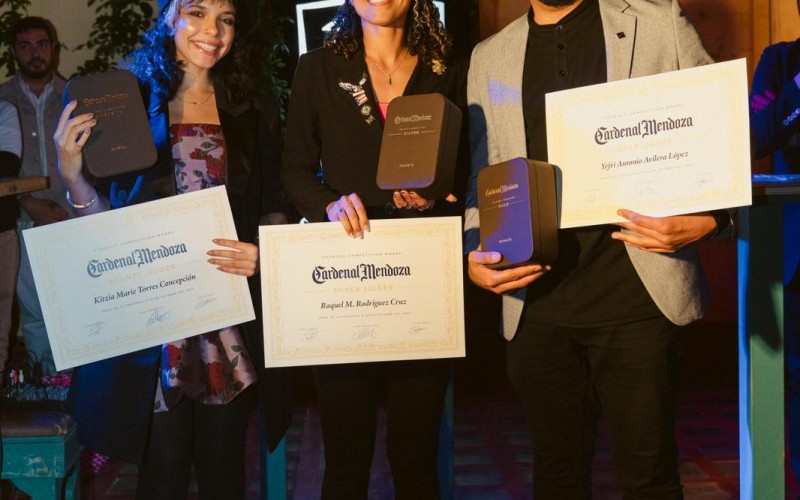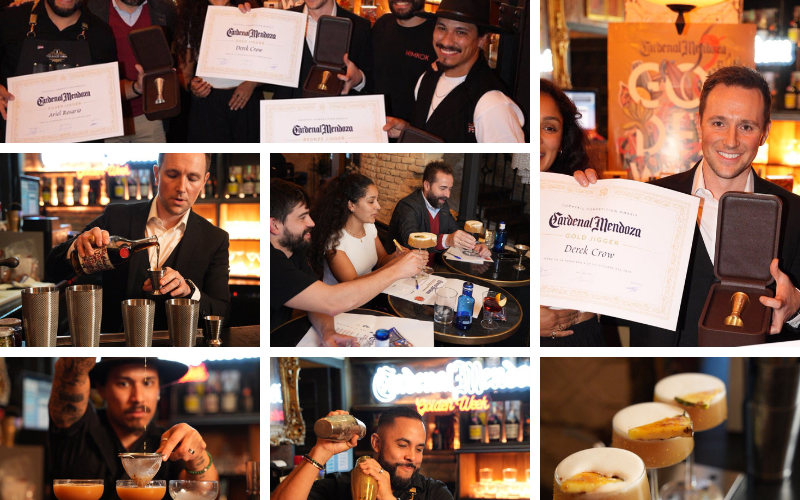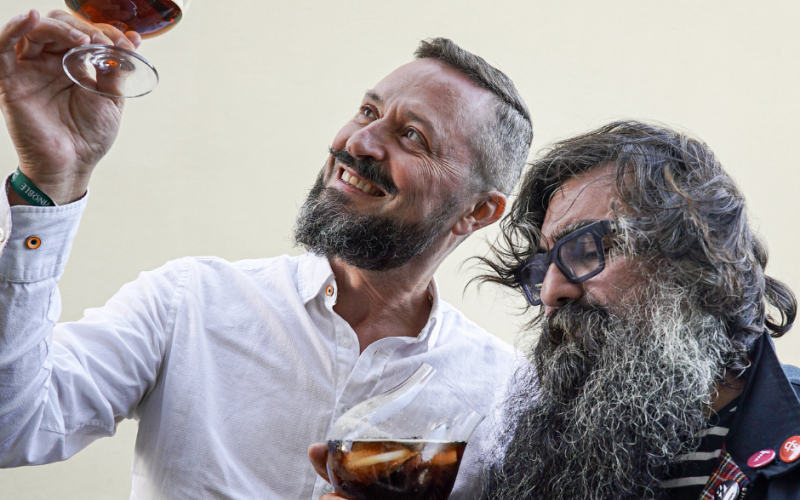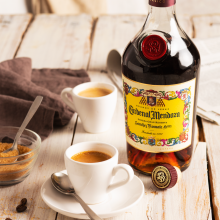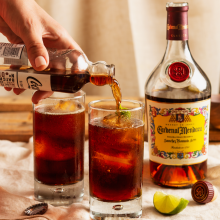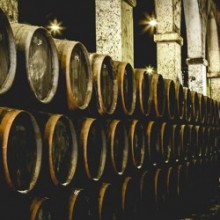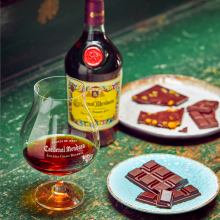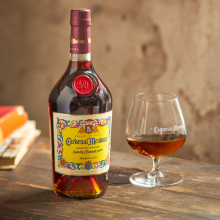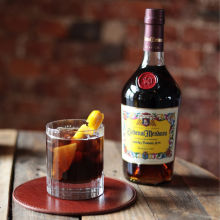Rodolfo Romero: the other side of Brandy
The case of Rodolfo Romero is surprising but unfortunately not unique. Year after year we see new fakers appearing on the scene, who seek to substitute fake bottles for genuine ones using highly sophisticated techniques, making it very difficult to spot which are genuine and which are not.
A good example of this is the famous large scale falsification committed by Rudy Kurniawan. Rudy, the same name as that of the faker of the Napoleon Brandy – perhaps in an attempt to pay homage to him – had very clear objectives. He wanted to sell bottles of very famous vintages of French wine which he himself had faked in order to later buy the genuine ones with the money he had made.
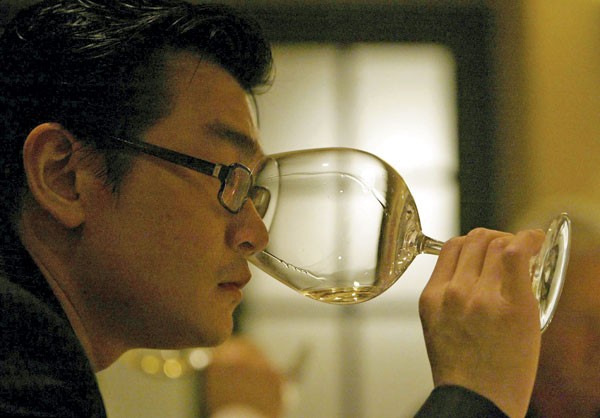
Quite a business!
However something went wrong with the plan.
His greed led him to make mistakes: to create bottles of vintages which had never been produced, to sell wines produced years before the foundation of the winery or to sell more bottles than had been produced in that year.
Naturally this attracted the attention of the authorities and they decided to search his house. The police were staggered when they discovered a multitude of fake bottles, corks and labels in his “laboratory” which was still really the kitchen of his house!
By the end of his criminal career, Rudy Kurniawan had made 2.5 million euros in cash from fake Burgundy, which earned him a 10 year prison sentence, although those affected by his crimes received 28 million euros from the proceeds of auctioning his private wine collection, which was indeed genuine.
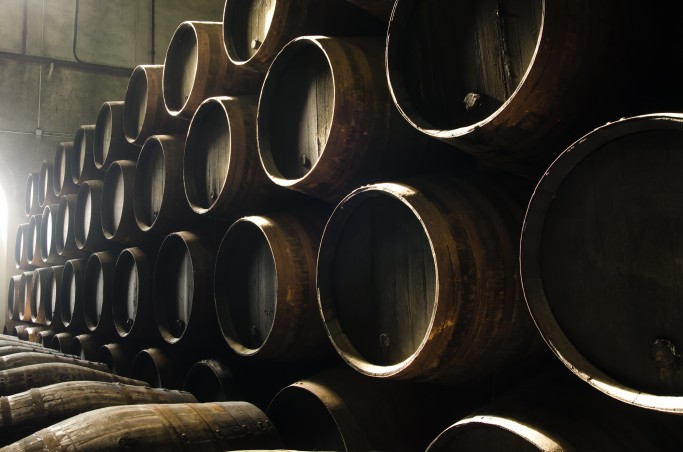
A growing business in China
As we all know, they produce everything on a grand scale in China, and naturally wine is no exception.
In 2013 more than 40,000 bottles of fake wine with a market value of some 36 million euros were seized. And the latest calculations estimate that 40% of the wine on sale in China is false.
But how do you replace the contents of a bottle with an auction value of thousands of euros? There are two main techniques.
The first is based on the use of bulk wine. 36% of the bulk wine sold in China comes from Spain, so it could be presumed that the majority of the bottles faked using this technique contain wine from our country.
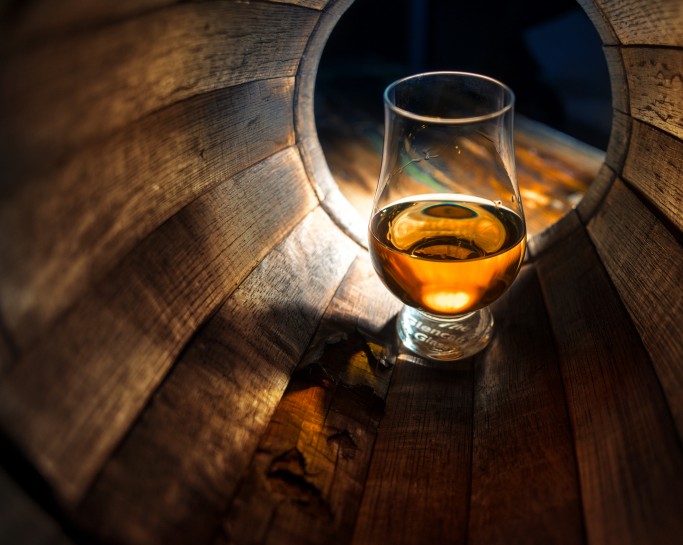
The second is to refill the bottles with the same wine but from less exalted vintages which are of course cheaper. This technique makes it almost impossible to distinguish the real from the fake if you are not an expert.
In fact, the falsification industry has reached such a point that the Chinese authorities have created a sophisticated method of detecting refilled bottles without the need to open them.
They use a beam of light.
The process consists of shining a beam of light through the bottle and according to the results of a series of test data and measurements this will show whether the wine is genuine or not.
It should be remembered that bottles of famous vintages are normally used as a physical form of investment. They are acquired and stored for resale in the future when their value has suitably increased, and so they are rarely opened.
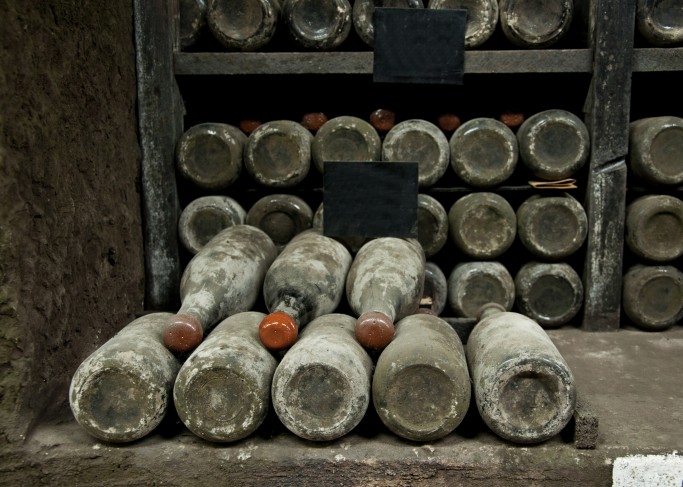
As you can see, the falsification industry is present at all levels in the world of collecting. However in the case of wine it is especially difficult to detect fakes due to the high level of complexity of proving if a wine is genuine or not without being able to verify its contents.
To try and do this, the famous auction house, Christies, sends its wine department representative to the winery or individual who is putting their treasures up for sale to verify that the wine is in good condition and suitable for auction, and of course, verify its provenance.
In the end their reputation is also at stake.
There remains some doubt as to whether our protagonist Rodolfo Romero was responsible or not for the fake bottle of Cardenal Mendoza which belonged to Napoleon but as you can see, this was not the only case – and certainly not the last – of falsification which has come to light in the industry.
Was Rudy guilty or innocent? That is the question everyone would like to see answered.
If you would like to know more about “Rudy” we recommend you read the post in which we reveal the keys to his career and personality. The case remains open but without resolution: a great unknown.
